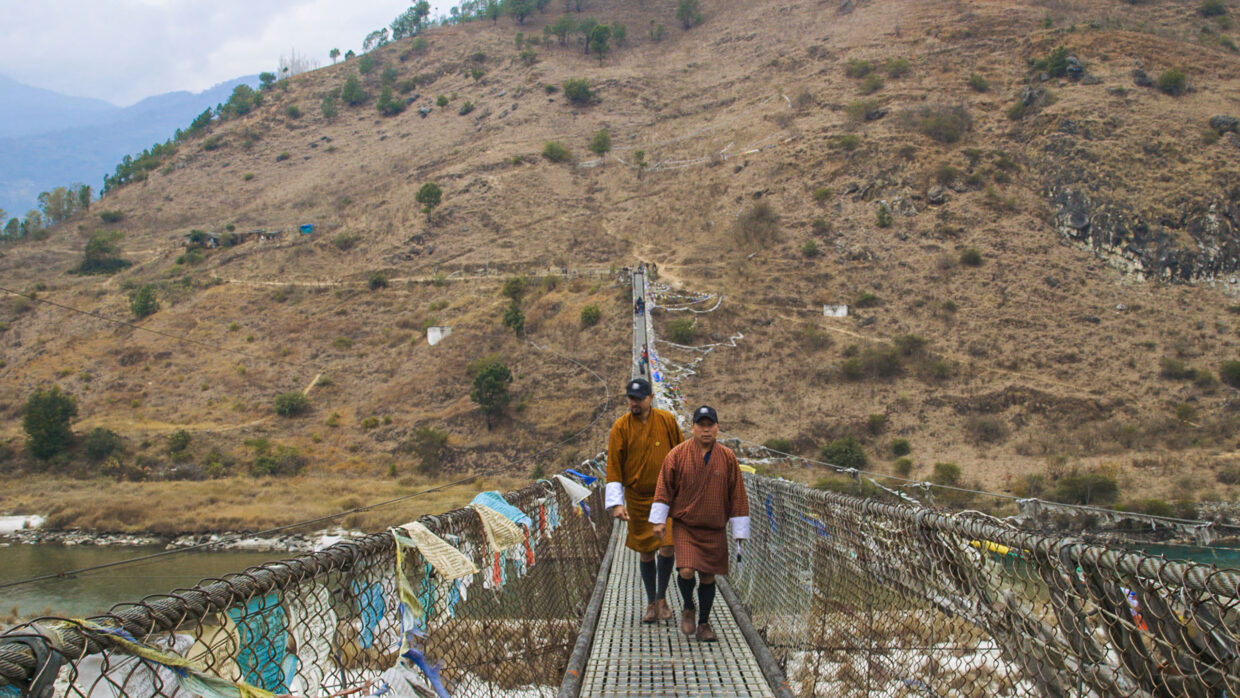 Back to selection
Back to selection
“We Tried to Look Behind All These Fantasies and Projections” | Arun Bhattarai and Dorottya Zurbó, Agent of Happiness
 Still from Agent of Happiness. Courtesy of Sundance Institute. Photo by Arun Bhattarai.
Still from Agent of Happiness. Courtesy of Sundance Institute. Photo by Arun Bhattarai. Films are made of and from places: the locations they are filmed in, the settings they are meant to evoke, the geographies where they are imagined and worked on. What place tells its own story about your film, whether a particularly challenging location that required production ingenuity or a map reference that inspired you personally, politically or creatively?
Our film, Agent of Happiness, is a road movie about a happiness agent who travels door to door to measure the happiness index of the society. It’s a physical journey through the meandering roads of the Bhutanese Himalayas where he meets people from all walks of life trying to find out how they feel. The bumpy serpentine roads in the film become a symbol for the challenging journey to find our own happiness.
The film is a multi-portrait of a country, Bhutan, that was closed off from the outside world for centuries. It was also the last country in the world to receive television, in 1998. Due to its isolation, Bhutan is often exoticized by western media as the last Shangri-La, a hidden Buddhist kingdom. Even today it is difficult to travel in the country because of the expensive daily visa fees ($250/day). That is why Bhutan triggers the imagination of so many people. In the film we tried to look behind all these fantasies and projections to give a deeper impression of a country where happiness is high on the official agenda.
The biggest inspiration behind the film is the national happiness survey that serves as a tool for the government to calculate the overall happiness index of the society and make development plans. This holistic idea of measuring contentment gave us the idea to look behind the survey statistics and give a deeper insight into the mind and soul of Bhutanese people. We wanted to capture the real emotions and dreams of people behind those numbers to give voice to their tender honesty, genuine wisdom and open hearts, following a physical map through the country that gave directions to our agents. This way the space became our storytelling tool to step into the lives of different people.
See all responses to our annual Sundance Question here.
